**”The Art of Breathing: Techniques for Enhancing Performance and Recovery in CrossFit”**
# The Art of Breathing: Techniques for Enhancing Performance and Recovery in CrossFit
In the world of CrossFit, where intense workouts combine strength training, cardio, and functional movements, the importance of effective breathing techniques cannot be overstated. Breathing is not merely an involuntary action; it is a powerful tool that can enhance performance, aid in recovery, and improve overall well-being. By mastering the art of breathing, CrossFit athletes can optimize their workouts, reduce fatigue, and promote faster recovery. In this blog post, we’ll explore various breathing techniques, their nutritional implications, exercise advice, and the health benefits associated with proper breathing.
## Understanding the Mechanics of Breathing
### The Importance of Diaphragmatic Breathing
Diaphragmatic breathing, also known as abdominal or belly breathing, involves engaging the diaphragm fully while inhaling. This technique allows for deeper breaths, which can increase oxygen intake and improve lung capacity. In CrossFit, where high-intensity workouts demand significant energy expenditure, utilizing diaphragmatic breathing can enhance performance by ensuring that muscles receive the oxygen they need to function optimally.
### Nasal vs. Mouth Breathing
Another critical aspect of breathing in CrossFit is understanding when to breathe through the nose versus the mouth. Nasal breathing can help filter, warm, and humidify the air, making it ideal for lower-intensity workouts. On the other hand, during high-intensity efforts, mouth breathing allows for quicker oxygen intake, which can be necessary for peak performance. Balancing these techniques based on workout intensity can help athletes maximize their endurance and efficiency.
## Nutrition Tips for Optimal Breathing
### Hydration Matters
Staying hydrated is crucial for optimal lung function and overall performance. Dehydration can lead to thicker mucus in the airways, making it harder to breathe efficiently. CrossFit athletes should aim to drink plenty of water throughout the day, especially before and after workouts, to maintain hydration levels. Additionally, incorporating electrolyte-rich beverages can help replenish lost minerals during intense training sessions.
### Nutrient-Rich Foods
A well-balanced diet plays a significant role in supporting lung health. Foods rich in antioxidants, such as fruits and vegetables, can help combat oxidative stress in the lungs. Omega-3 fatty acids found in fish and flaxseed can reduce inflammation, while vitamins C and E promote better respiratory function. Including these nutrient-dense foods in your diet can enhance your body’s ability to utilize oxygen effectively during workouts.
## Exercise Advice for Incorporating Breathing Techniques
### Breathing Drills
To enhance your breathing capabilities, consider incorporating specific breathing drills into your warm-up routine. One effective drill is the “box breathing” technique, which involves inhaling for a count of four, holding for four, exhaling for four, and holding again for four. This method can help increase lung capacity and promote relaxation, setting the stage for a successful workout.
### Mindful Breathing During Workouts
During CrossFit sessions, it’s essential to remain mindful of your breathing patterns. Focus on exhaling during the exertion phase of each movement and inhaling during the recovery phase. For instance, when performing a squat, inhale as you lower down and exhale as you push back up. This conscious effort can improve your performance and ensure you’re getting adequate oxygen during challenging workouts.
## Health Benefits of Effective Breathing
### Reduced Stress and Anxiety
Proper breathing techniques can significantly reduce stress and anxiety, which are common challenges for athletes. Engaging in controlled breathing can activate the parasympathetic nervous system, promoting relaxation and recovery. This mental clarity can lead to better focus during workouts and improved overall performance.
### Enhanced Recovery
After intense CrossFit sessions, engaging in breathing exercises can expedite recovery. Techniques such as pursed-lip breathing can help clear carbon dioxide from the lungs more effectively, allowing for faster recovery between sets and exercises. This can lead to improved endurance during subsequent workouts and reduced muscle soreness.
### Improved Sleep Quality
Effective breathing techniques also promote better sleep quality, which is essential for recovery. Deep breathing exercises before bedtime can help calm the mind and prepare the body for rest. Improved sleep enhances overall performance, mood, and resilience in CrossFit training.
## Conclusion
Incorporating effective breathing techniques into your CrossFit routine can significantly enhance performance and recovery, providing a powerful advantage in your training. By understanding the mechanics of breathing, adopting proper nutritional practices, and utilizing targeted exercises, athletes can experience a multitude of health
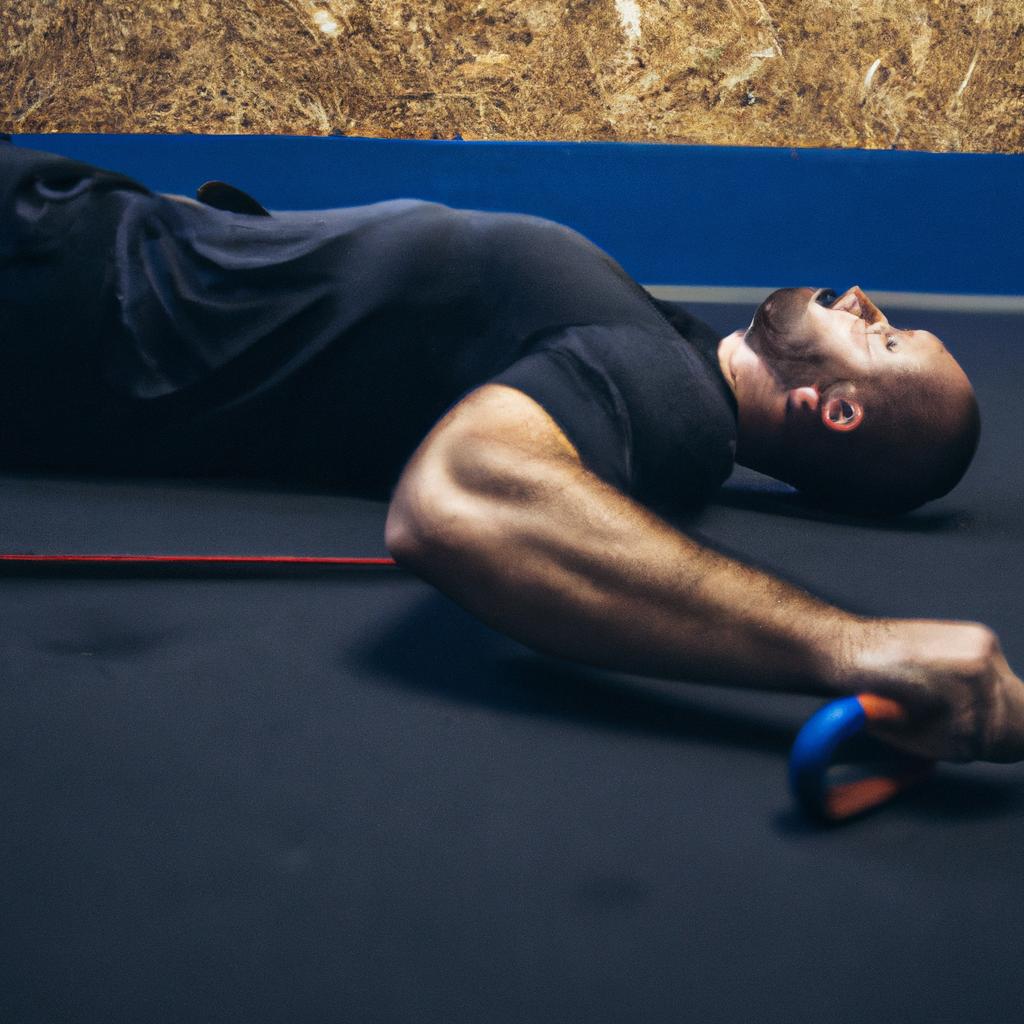

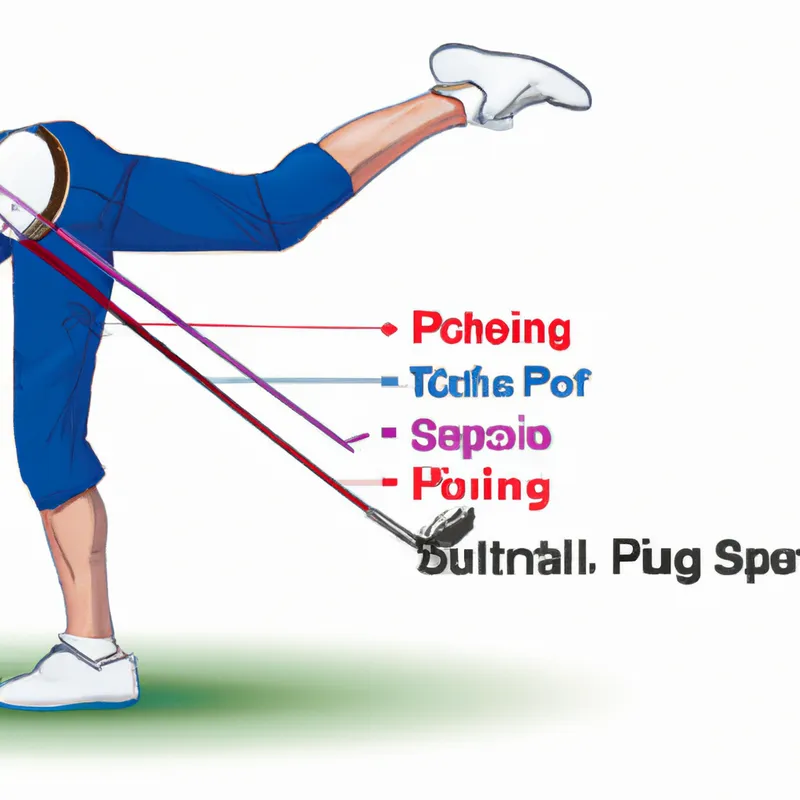

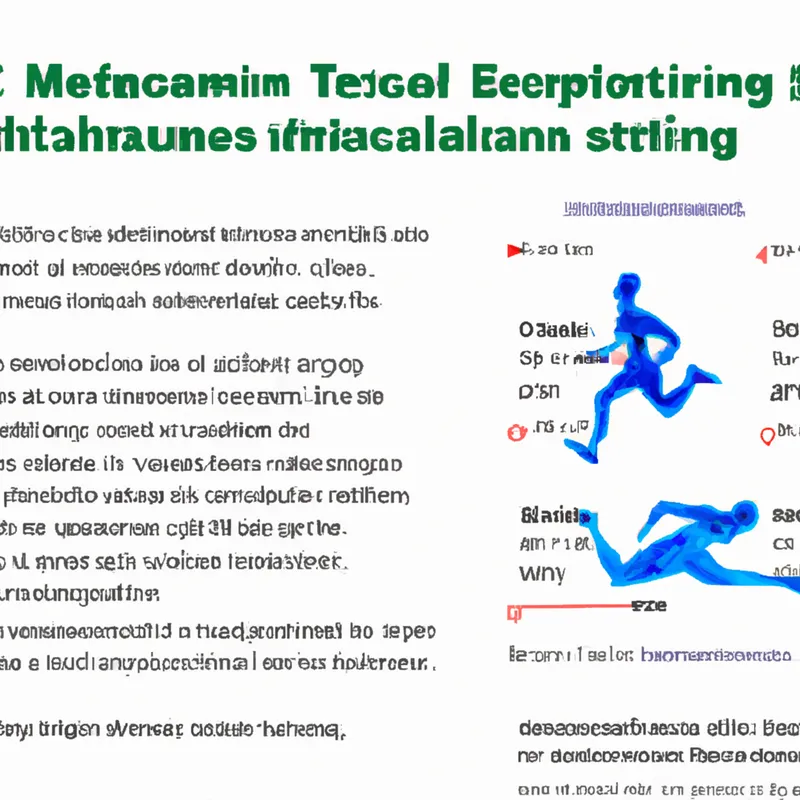
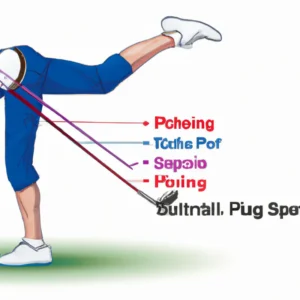
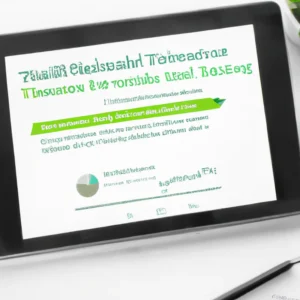
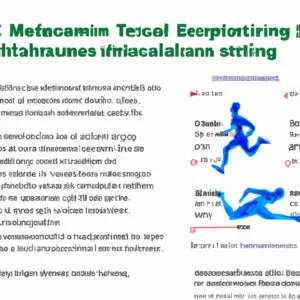




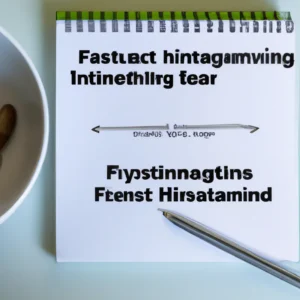


Post Comment